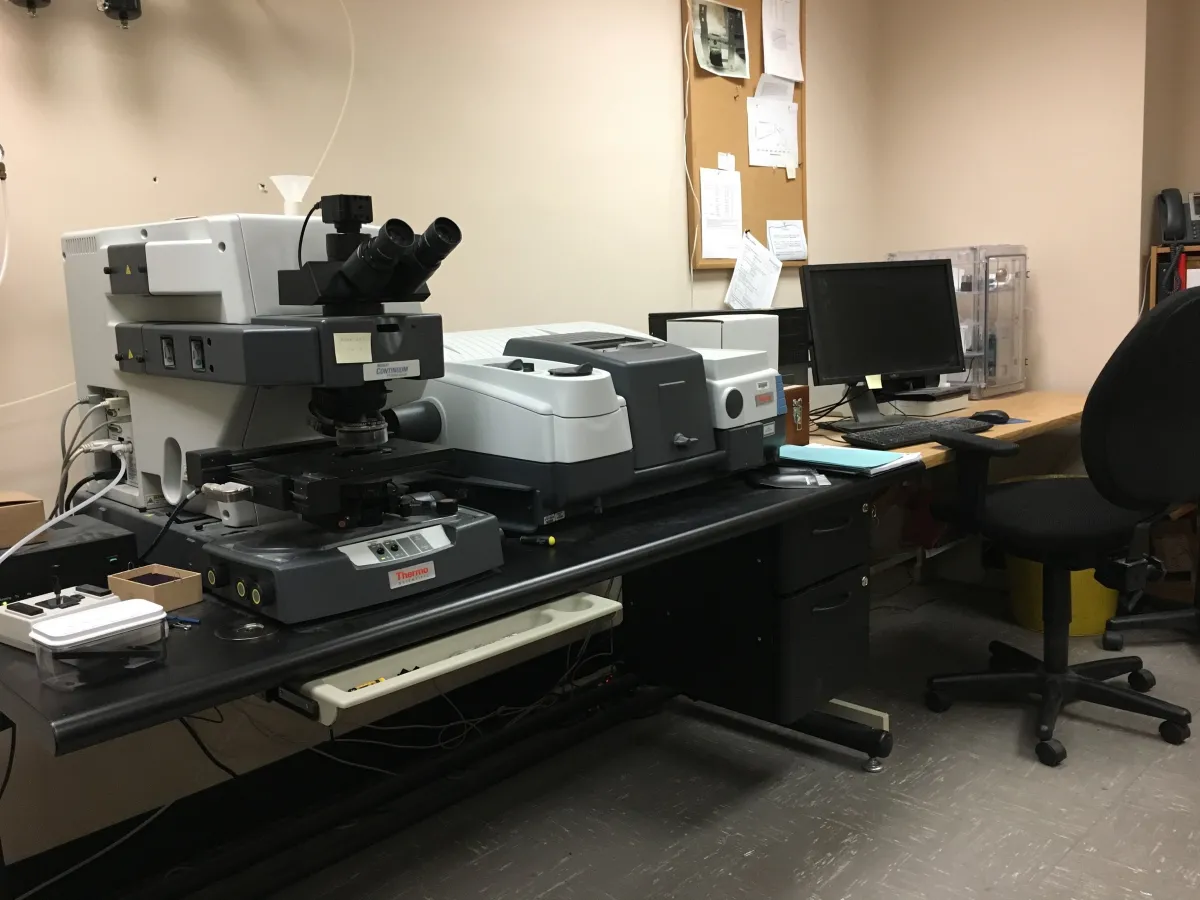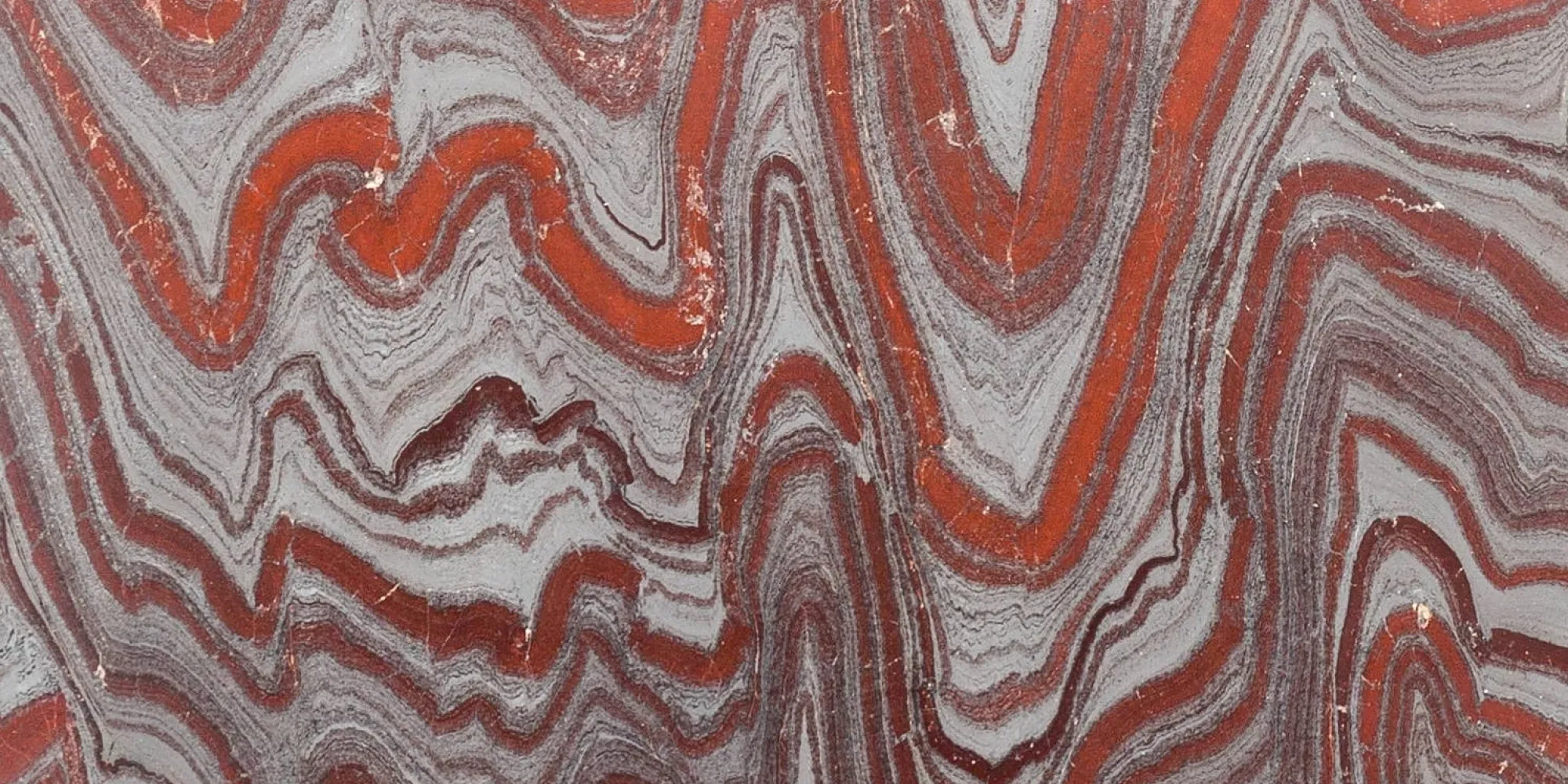
Search

Department of Mineral Sciences
Fourier-Transform Infrared Spectrometer
Nicolet 6700 FT-IR Spectrometer

About
Fourier transform infrared (FTIR) spectrometers are able to measure and quantify the amount of infrared radiation (IR) that is absorbed by molecular species such as OH, H₂O and CO₂ in minerals, volcanic glasses, plastics and many chemicals. In our applications, minerals are powdered and combined with IR transparent material (usually potassium bromide) or individual mineral or glass grains, often microscopic, are wafered and highly polished on both sides. Systems are purged with dry, CO₂-free air to eliminate atmospheric contribution to the spectra.
Features & Capabilities
- A Linkham stage allows experiments requiring controlled heating (to observe changes within a mineral as water is driven out) and freezing (to improve resolution of IR absorption bands)
- A motorized stage allows mapping of the areal distribution of spectral features